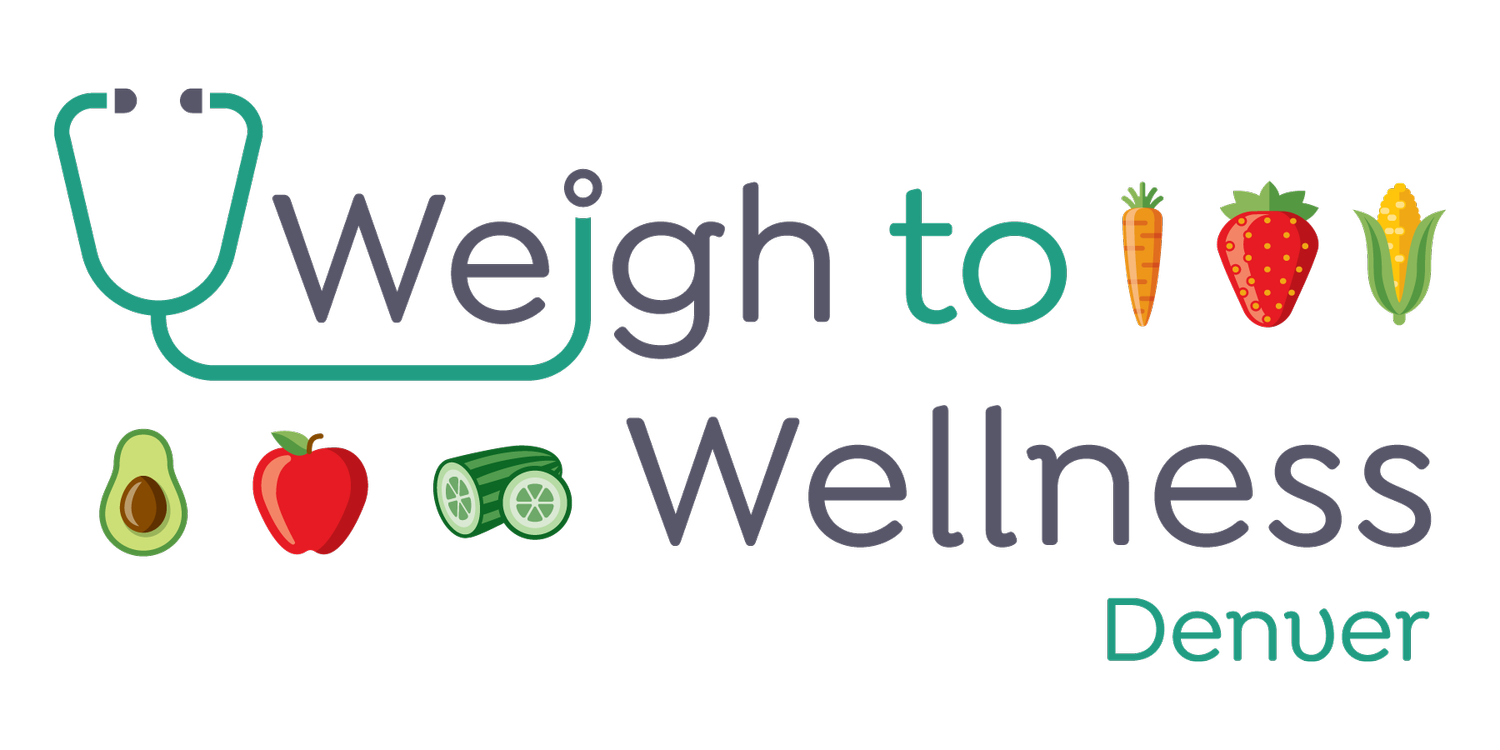Artificial Sweeteners
High added sugar intake has the potential to lead to many chronic diseases, including Type II Diabetes. The American Heart Association (AHA) strongly recommends to limit added sugars to less than 10% of your daily calorie intake; however, most Americans are not able to meet these recommendations. With added sugar being a large part of our diets, it is difficult to reduce our intake to less than 10% of our daily calories. If using artificial sweeteners helps to decrease added sugar intake, why are there countless efforts from the media to scare us into avoiding them? Keep reading to find out.
What are artificial sweeteners?
Artificial sweeteners, also known as Non-Nutritive Sweeteners (NNSs) are food additives intended to sweeten food and drink without the use of sugar. NNSs offer no nutritional benefit and often zero calories, depending on the brand. Their levels of sweetness range from 100 to 20,000 times sweeter than added sugar. They are increasingly used in products ranging from chewing gum to diet sodas to help reduce added sugars, but provide a sweet taste. Although NNSs have zero calories and no added sugars, it is important to remember that a sugar free label does not mean that product is considered nutritious.
GRAS vs FDA guidelines
For a food additive, the U.S. Food and Drug Administration (FDA) determines the safety of the ingredient; whereas a determination that an ingredient is Generally Recognized as Safe (GRAS) can be made by qualified experts outside of government.
FDA approved NNSs: acesulfame potassium (Sweet One), aspartame (NutraSweet, Equal), Neotame (Newtame) , saccharin, sucralose (Splenda), and advantame (Sweet’N Low)
GRAS approved NNSs: Stevia (Truvia), Allulose, and luo han guo fruit extract (monk fruit)
Learn more about how sugar substitutes are approved here: https://www.fda.gov/food/generally-recognized-safe-gras/how-us-fdas-gras-notification-program-works
Who should avoid NNSs?
Pregnant women. Recent research suggests that NNSs have the potential to cross the blood brain barrier, meaning they might be able to transfer through the placenta and breast milk. Because effects of NNSs on fetal development is unknown, it is safer to avoid until more research is done.
People with Phenylketonuria (PKU). Most NNSs contain phenylalanine, which must be limited in people with PKU. Most artificially sweetened products do not typically list the quantity of NNSs, so it is best to avoid intake.
Children under 2 years old. There is a lack of data regarding the safety of NNSs for children, so it is best for children to avoid use of NNSs. In addition, the safe limit of NNSs is lower for lower body weight (learn more about this in the “ADI” section of this post). Often, parents will allow their toddlers to drink soda regularly, and in high quantities. At their own risk, parents might find it beneficial to substitute NNS soda in very small quantities. When compared to regular soda, soda containing NNSs do not promote tooth decay as well as sudden rises in blood sugar, and typically do not contain empty calories like regular soda does.
Click here to expand this image: https://www.fda.gov/media/168517/download?attachment
Acceptable Daily Intake (ADI)
The daily amount of NNSs in our diet should be our main concern when thinking about NNS intake. The FDA established an Acceptable Daily Intake (ADI) for each artificial sweetener (found above). As long as we are avoiding intake above the ADI, the FDA considers NNSs as safe.
As we are looking at the image above, the ADI for aspartame is 50 mg per kg of body weight per day. Being that Diet Coke is one of the most popular sodas, this will be our example. Since there are 130 mg of NNSs in a 12 oz can of Diet Coke, a person weighing 154 pounds would need to drink 26 cans of Diet Coke to reach the ADI for Diet Coke. Though it is challenging for people with a higher body weight to achieve their ADI, it is much easier for people with a low body weight, such as children. For example, a 20 lb child would only need to drink about 3 cans of the same Diet Coke to reach the ADI.
Impact of NNSs on the body
Though NNSs were introduced into the food supply in the 1800s, recent controversy with NNSs such as aspartame has sparked the public’s interest, leading to involvement of the media. Majority of the media’s opinions of NNSs are negative, hoping to grasp attention of people who were already skeptical. Interpretations of NNS studies is challenging with the difference in methodology, individual responses to NNSs, as well as the varied designs of studies. For example, some studies support the claim that sweet taste receptors will become triggered from artificial sweeteners, leading to the release of insulin, while some studies support that the opposite is true.
Though there are more studies supporting the benefits of NNSs if used within the ADI, more research must be done to provide a definitive answer for the possible negatives of NNSs. It is important to keep a look out for new studies on artificial sweeteners and always check your sources.


